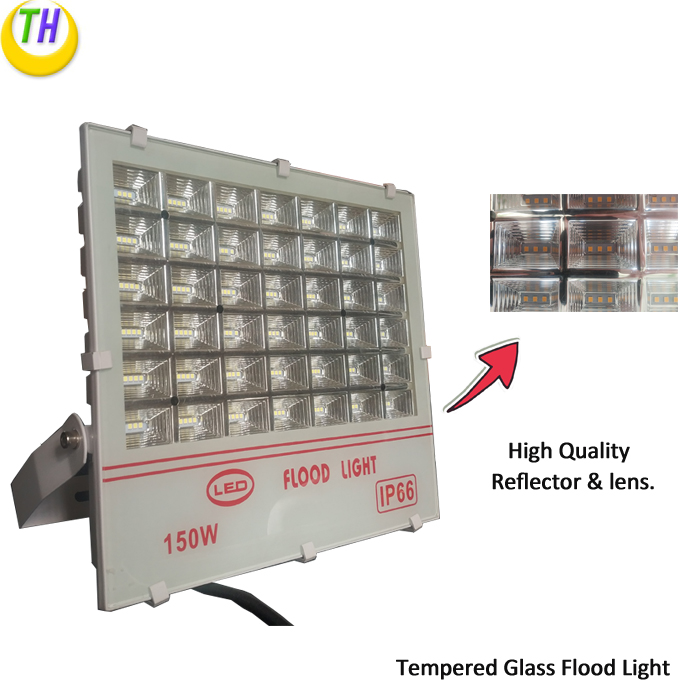OLED power supply design
- 2020-10-22
- Views:0
The main feature of organic light-emitting diodes (OLeds) is that they are self-luminous, do not require backlight or color filters, and are thinner than LCDS. In addition, it also has a wider range of viewing Angle, faster response speed, lower driving voltage, color and contrast is relatively higher than LCD, in theory can achieve lower consumption, simple design, is widely recognized after LCD display star. Although OLeds have so many advantages, they have a shorter life than LCDS because they are electrically driven, self-luminous objects, and their material and component lives are relatively short.
OLED power supply specifications
Generally, small SIZE OLeds require a set of positive voltage (Vdd) and a set of negative voltage (Vss) for power supply, which can be divided into two types: digital camera and mobile phone. The digital camera power supply specifications are: Vdd voltage range is 3V to 6V, Vss voltage range is -7V to -10V; The power specification of the mobile phone is: Vdd voltage is about 2.5V, Vss voltage range is -7V to -10V. The input power for these two products is usually a lithium battery with a voltage range of about 3V to 4.2V.
Digital camera Vdd solution
Since the Vdd voltage ranges from 3V to 6V, the Vdd power architecture should be Buck/Boost or Boost. If we can't find the power source for the Buck/Boost architecture, we can take advantage of the very common Buck architecture and design it as a Buck/Boost architecture, using a common set of Buck/Boost power control IC, plus a MOSFET and an output diode to produce the Buck/Boost output as shown in Figure 1. The principle of this voltage regulator is that when Lx is at high voltage, the inductance current increases according to the slope of Vin/L. When Lx is low voltage, the inductance current is reduced according to the slope of (Vout+VD)/L. The input and output currents are discontinuous and allow the output voltage to be higher or lower than the input voltage.

Scan the QR code to read on your phone

E-mail: info@tonghuilighting.cn
ADD: No. 1, Guiding Road, Licang District, Qingdao, Shandong, China
Tel: +86-532-80928966 +86-532-80925662


